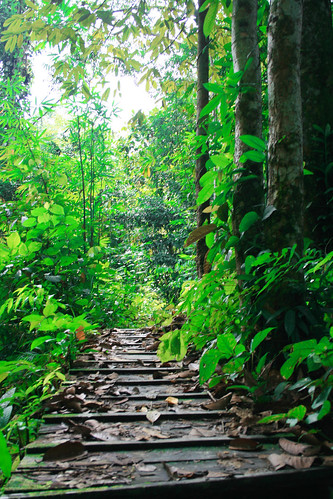 |
| Source: southeastasianarchaeology.com |
Tuesday, November 22, 2011
Improving Human Impacts on the Rainforests of Southeast Asia
Anthropogenic involvement (including but not limited to deforestation, and hyper-exploitation of wildlife and natural resources) has produced substantially negative effects on the rainforests of Southeast Asia. In spite of this bleak outlook, the conservation of some natural resources and wildlife still remains a viable option. Any realistic solution to issues of deforestation and biodiversity loss must involve action at local, regional and national levels. It is necessary to incorporate biological knowledge and science into environmental policy. Conservation efforts should designate sufficiently protected wildlife/plant reserves, raise public environmental awareness, and supply economic incentives for future conservation efforts. Many environmental activist organizations have actually taken it upon themselves to help improve human impacts on the rainforests of Southeast Asia. Such organizations include the SEARRP (or the South East Asia Rainforest Research Programme), Greenpeace, and the Rainforest Conservation Fund; these activist groups are united by their aims to understand the human impacts of forest modification, and their attempts restore natural equilibrium and stability in the forests by lessening adverse human involvement. While it may be difficult to control and reduce the impacts of colossal industries (such as agriculture, timber, palm oil...etc.) it is still important to raise environmental awareness publicly, and in doing so catapult issues of rainforest degradation into a political arena where policy may be enacted in order to prevent further devastation and destruction to the rainforests of Southeast Asia.
Subscribe to:
Post Comments (Atom)


2 comments:
yall did help
very nice infoVisit here
Post a Comment